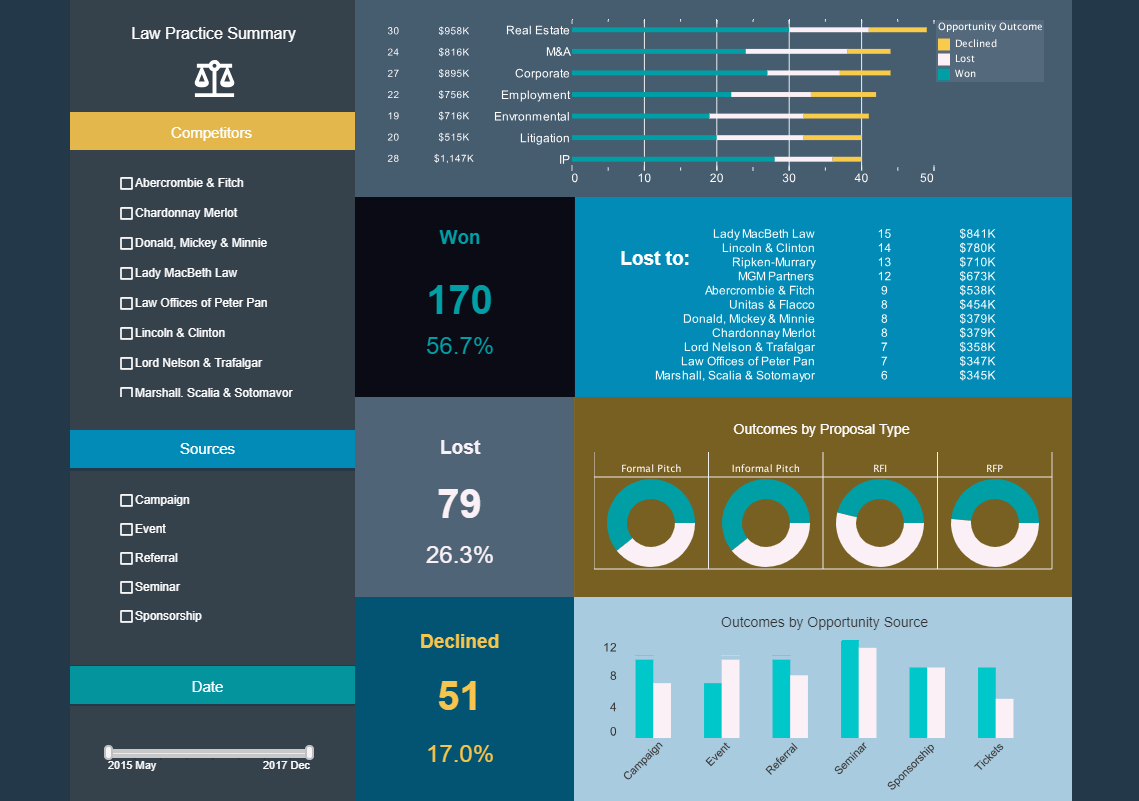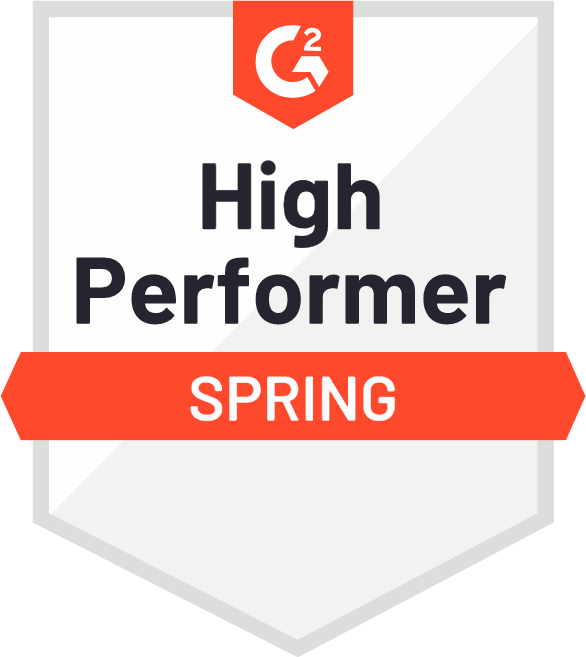
A Web Based Reporting System
with
Maximum Self-Service
Powered by a Data Mashup Engine



Customer Service is the Best I've Encountered!
All the technicians are extremely knowledgeable, patient and will make every effort to accommodate your schedule and resolve the issue in a timely manner. - Jack from BOK Financial
Great Product and Easy to Use
I have been using this product for almost 2 years, and I find it simple to use and gives reliable results. I recently had a team trying to create a report for 2 weeks with another BI product. Since they couldn't build what they needed they came back to me. I was able to get it for them in less than a day with InetSoft. - Steven from Endurance Services
Explore Live Examples & Get Pricing Details
Sample Customers












What Metrics Are Measured in Quorum Sensing Research?
Quorum sensing research is a fascinating area of study within the field of microbiology and molecular biology. It revolves around the ability of certain microorganisms, such as bacteria, to communicate and coordinate their behavior through the secretion and detection of signaling molecules. This phenomenon enables microbial populations to regulate gene expression collectively in response to changes in their environment, population density, or other external factors.
Understanding Quorum Sensing:
At its core, quorum sensing allows bacteria to gauge their population density and adjust their behavior accordingly. Imagine a bustling city where individuals communicate and coordinate their activities based on the density of people around them. Similarly, bacteria use quorum sensing to synchronize their actions, such as forming biofilms, releasing toxins, or initiating virulence factors, when their population reaches a critical threshold.
Metrics Measured in Quorum Sensing Research:
Researchers studying quorum sensing employ various metrics to unravel the intricacies of microbial communication and behavior. These metrics often include:
-
Signaling Molecule Concentration: Quorum sensing relies on the production and detection of signaling molecules, known as autoinducers, by bacteria. Therefore, measuring the concentration of these molecules in the surrounding environment is crucial for understanding quorum sensing dynamics.
-
Gene Expression Profiles: Quorum sensing regulates gene expression in response to changes in population density. Researchers analyze the expression levels of specific genes involved in quorum sensing pathways to decipher how bacteria coordinate their behavior.
-
Biofilm Formation: Biofilms are complex communities of microorganisms encased in a self-produced extracellular matrix. Quorum sensing plays a pivotal role in biofilm formation, influencing the attachment, growth, and dispersal of bacterial cells within these structured communities.
-
Virulence Factor Production: Many pathogenic bacteria utilize quorum sensing to regulate the production of virulence factors, such as toxins and enzymes, which are essential for infection and disease progression. Measuring the expression and activity of these factors provides insights into bacterial pathogenesis.
-
Population Dynamics: Quorum sensing affects microbial population dynamics by influencing growth rates, population expansion, and competition within ecological niches. Monitoring changes in population density over time helps researchers understand the collective behavior of bacterial communities.
Interpretation of Metrics:
Interpreting the metrics measured in quorum sensing research requires a deep understanding of microbial physiology, molecular biology, and ecological interactions. Here's what some of these metrics can reveal to researchers:
-
Signaling Molecule Concentration: Changes in autoinducer concentrations can indicate shifts in bacterial population density or metabolic activity. High concentrations may trigger quorum sensing responses, leading to coordinated behavior among bacteria.
-
Gene Expression Profiles: Analysis of gene expression patterns provides insights into the regulatory networks controlled by quorum sensing. Upregulation of certain genes involved in biofilm formation or virulence indicates that bacteria have reached a quorum and are preparing to enact specific behaviors.
-
Biofilm Formation: Quorum sensing-mediated biofilm formation is a survival strategy employed by bacteria to enhance resistance to environmental stressors and antimicrobial agents. Studying biofilm dynamics helps elucidate the mechanisms underlying bacterial colonization and persistence.
-
Virulence Factor Production: Quorum sensing-regulated virulence factors are critical for bacterial pathogenicity and host interactions. Understanding how bacteria modulate virulence factor expression in response to quorum sensing cues can inform the development of novel antimicrobial strategies.
-
Population Dynamics: Quorum sensing influences the composition and structure of microbial communities, shaping ecosystem dynamics and interactions. By monitoring population dynamics, researchers can discern how quorum sensing contributes to microbial ecology and symbiotic or pathogenic relationships.
Implications of Quorum Sensing Research:
Quorum sensing research has profound implications for various fields, including medicine, agriculture, biotechnology, and environmental science:
-
Antimicrobial Therapy: Targeting quorum sensing pathways offers innovative approaches for combating bacterial infections by disrupting communication and virulence factor production.
-
Biofilm Control: Understanding quorum sensing-mediated biofilm formation can aid in the development of strategies to prevent biofouling in industrial settings and combat chronic infections associated with biofilm formation.
-
Probiotics and Microbiome Engineering: Manipulating quorum sensing mechanisms in beneficial bacteria can enhance probiotic efficacy and promote desirable traits in microbiome engineering applications.
-
Bioremediation and Agriculture: Harnessing quorum sensing for bioremediation of contaminated environments and improving crop yield through microbial inoculants holds promise for sustainable agriculture and environmental remediation efforts.
-
Synthetic Biology: Quorum sensing components are valuable tools for synthetic biology applications, enabling the design of synthetic microbial communities with programmed behaviors for biotechnological applications.
More Articles About Dashboards
Departmental Solutions in Business Intelligence - A human resources department needs to manage a vast assortment of data relating to compensation, benefits, health insurance, performance rating, onboarding, attrition, training, travel, dispute resolution, and so on. A BI solution provides human resources professionals a view into the current state of the organization's personnel as well as the ability to track historical patterns in hiring, training, certification, vertical and horizontal personnel movements, and the costs associated with all personnel operations...
Monitoring by Spatial Analysts - GIS Systems on the other hand are geared to a more specific, more narrow audience. They use map-based applications running against a spatial engine and a spatial database that is tuned to support these complex geometric calculations. And there are two types of users. One is those who create these custom maps for use by an organization such as a railroad that wants the layout on a map of all its rail lines. Then it monitors the performance of those lines against specific metrics. Spatial analysts do the monitoring and the analysis to find out what happened right, what happened wrong and to make changes...
More Crop per Drop - Rain-fed agriculture accounts for 60% of food production in developing countries from 80% of arable land. On the other hand, 20% of arable land which is irrigated produces 40% of all crops and almost 60% of the total cereal production. It is expected that by 2050, the demand for freshwater would increase by 18% in developed countries and by 40% in developing nations. Hence, achieving water efficiency needs to be a priority for agriculturists...
Multidimensional Data Types and Categories - Data with a geographic or geographical component is referred to as spatial data. It may include details on the position, size, and dimensions of objects, as well as the separation and direction between them. Satellite photography, topography maps, and GPS coordinates are a few examples of spatial data...
Space Exploration Data Visualization - Planetary and Stellar Visualization: Data visualization allows astronomers and scientists to visualize planetary surfaces, stellar structures, and other celestial bodies captured by space probes and telescopes. Visual representations of these data enhance the understanding of planetary features and astronomical phenomena...
